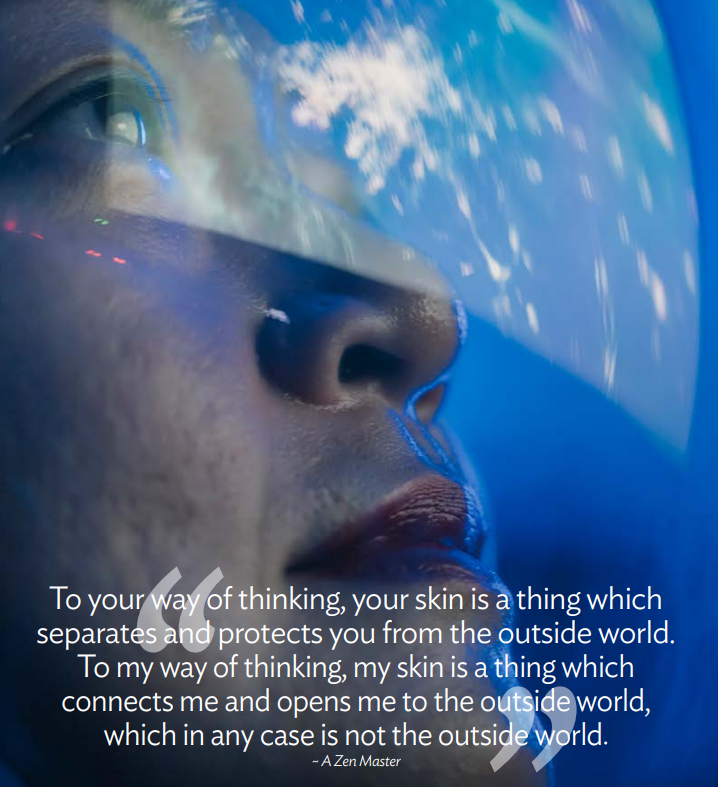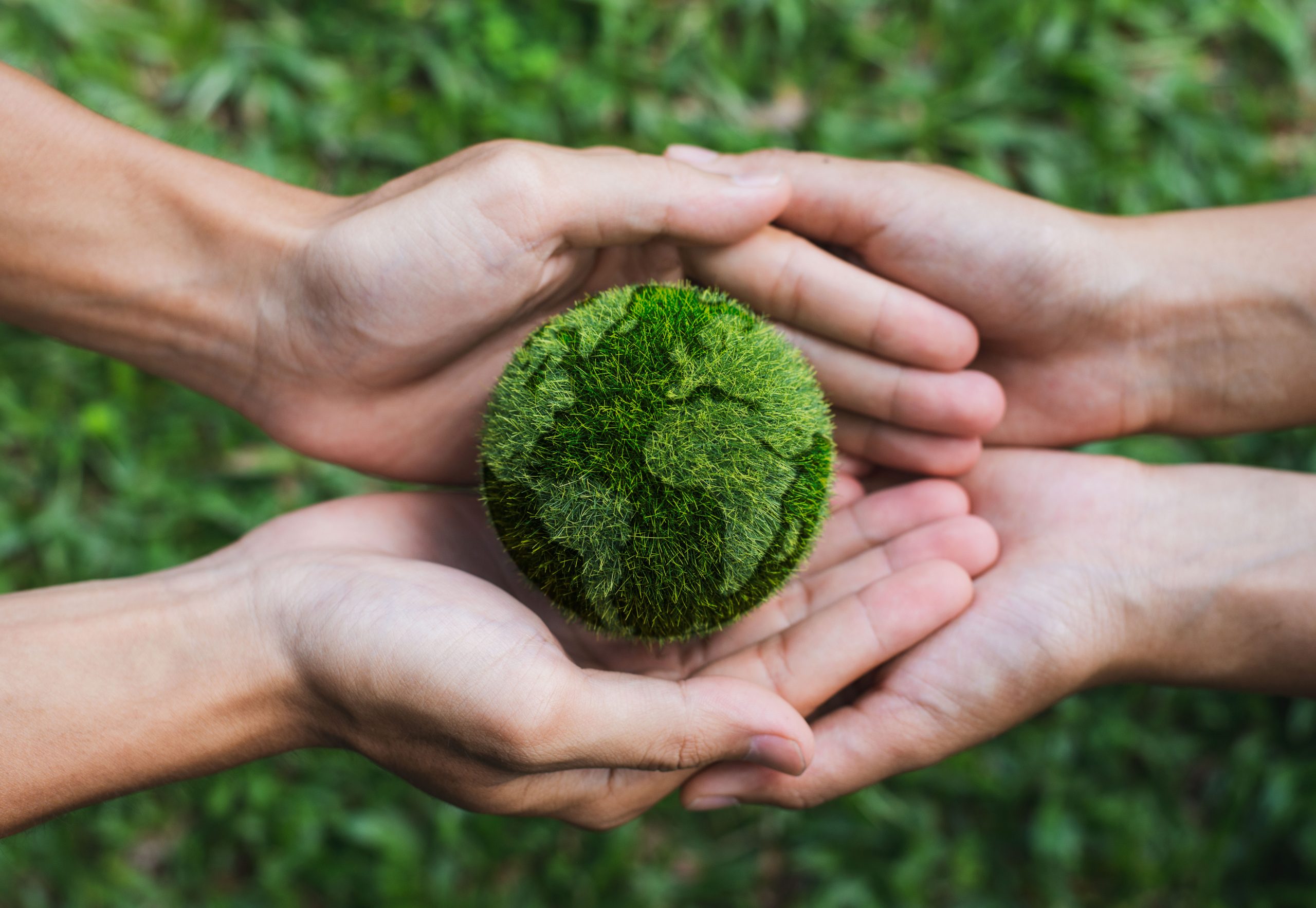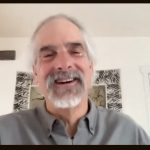
*This is an article from the Summer 2023 issue of Contentment Magazine.
By Frank Forencich, DAIS
“To your way of thinking, your skin is a thing which separates and protects you from the outside world. To my way of thinking, my skin is a thing which connects me and opens me to the outside world, which in any case is not the outside world.”
~ A Zen Master
The human animal is hurting. Our bodies are in pain, our minds are racing, and our spirits are hardening into a state of chronic contraction. On any given day, it’s hard to tell where one affliction leaves off and the other begins. Sometimes it feels like our physical pain has a mind of its own, a malicious beast that haunts our every waking moment. Other times it’s the grinding stress that overwhelms us and makes us hyper-sensitive to the slightest physical insult. And on bad days it all merges into a single, toxic presence that drags us down into a physical, mental and spiritual quagmire.
The statistics, disturbing as they are, only tell a fraction of the story. In 1996, the World Health Organization declared stress a “worldwide epidemic.” In 2022, the National Health Interview Survey found that more than 50 million adults reported pain on most days or every day.1 But even a casual observation of the modern human experience reveals the extent of our suffering: overloaded mental health and physical therapists, addiction to opioids, an explosion of over-the-counter remedies, and a multi-billion-dollar pain relief industry. In short, stress and pain are surging through the collective experience of humanity like wildfire.
We would like to help alleviate one another’s suffering, but where do we begin? As is our cultural habit, many modern practitioners start with a deep dive into the interior of the human body. We are quick to target inflammation, stenosis or misalignment, tissue injury, and above all, the neural wiring gone wrong. If we can adjust the state of the interior, so the thinking goes, we can calm the organism down and help it feel better. On the face of it, this sounds like a sensible approach, and sometimes it really works.
Life In Vivo
But the human animal does not live or function in isolation. Or, to put it in biological language, the body does not live in vitro (within glass), but rather in vivo (within the living). Our health, pain and stress are massively influenced by the external world. In other words, the various systems and processes inside the body are only half the story of pain and stress.
In fact, the power of the outside world has been affirmed by some of our most conservative institutions. The World Health Organization and The Centers for Disease Control and Prevention now recognize a range of non-medical factors that influence health outcomes.2 These so-called determinants of health include social and economic conditions, as well as habitat and environment. We label these influences as “determinants of health,” but we might just as well call them “determinants of stress and pain.”
A similar understanding comes from epidemiologist Michael Marmot, described in his book The Status Syndrome.3 In his research, Marmot found a consistent and powerful pattern across populations and cultures. As he puts it, “health follows a social gradient.” People of high rank are likely to enjoy better health than people of lower rank, a condition that has little to do with access to health care, gym memberships or organic food. Rather, it has everything to do with perceptions of acceptance and belonging. And, while Marmot didn’t put it precisely this way, it is also safe to say that “pain and stress follow a social gradient.”
Even in the world of non-human animals, we see the power of the outside world. When psychologist Bruce Alexander observed conventional studies of addiction, he noted that the test animals (rodents) were kept in isolated cages, then presented with various “addictive” substances. Not surprisingly, many in fact became addicted. But Alexander protested this alien condition and instead built a more appropriate setting for his animals. This now famous “rat park” included everything a rodent might desire: friends, running wheels, places to hide and things to play with. Then, when the so-called “addictive” substances were introduced, few of the animals became addicted. Obviously, they had better things to do with their time.4
Likewise, a growing body of evidence shows the subtle power of contagion between human bodies and nervous systems. We know, for example, that fear and anxiety can spread by way of pheromones produced in human sweat. We know that mirror neurons in the brain respond to the posture and facial expressions of others, allowing us to run emotional simulations and feel their experience in our own bodies. In the process, we co-regulate the activity of one another’s autonomic nervous systems. If the people around you are going into fight-flight or feed-and-breed, there’s a good chance that you’ll follow along, even without realizing it.
None of which would come as a surprise to pioneering physician George Engel (1913-1999). In 1977, he advanced a biopsychosocial model as a holistic alternative to the prevailing biomedical model that has dominated industrialized societies since the mid-20th century.5 Engel recognized the power of context, setting, and predicament on the human organism and encouraged the modern physician to take a more expansive view of medical practice. We can be certain that Engel would have agreed that psychological and social processes have a profound impact on our experience of stress and pain.
No Standalone Humans
All of which makes good sense, but from another perspective, this new wave of holistic thinking begins to sound like a rehash of old news. For native and indigenous people, the human body has always been intimately connected to the entire world: mind, body, spirit, land, tribe and ancestry are held to be essential elements of this holistic view. Native people assume a continuity and permeability between inside and outside, the internal and the external. The skin is not a boundary or a barrier, but a sensing organ, a living conduit to the world. In fact, the work of the traditional shaman was expansive and radically inclusive: the objective was to realign internal and external processes with the flux and flow of the cosmos. Native people would find our modern notion of isolated pain and stress to be ill-conceived and even ignorant.

Taken together, modern science–coupled with indigenous knowledge–tells us that practically speaking, there is really no such thing as an isolated human animal. In other words, all health is public health. Likewise, any attempt to place people in isolated circumstances–imagine our various forms of solitary confinement–is rightly considered a form of torture. And yet, modern medical practice persists in treating people in just such a manner. It’s no wonder that we get such mixed results, especially in the domain of psycho-social afflictions, stress, pain, and lifestyle disease. As social critic Ivan Illich would have put it, modern biomedicine can actually deepen our sense of alienation, separation and angst.one. As he put it in his landmark Medical Nemesis, modern medicine might even be considered iatrogenic–a cause, not a solution to our suffering.
All of this represents a serious challenge to the scope of modern medical practice. In conventional view, the physician works inside the body while public health professionals and activists work on the outside. This conceptual division of labor gives us efficiency and occasional success, but it’s also artificial and can even be counterproductive. The problem is that scope of practice is now determined, not by an actual understanding of human biology itself, but by tradition, habit, and legal constraint. Today’s physician works inside the body because that’s how we’ve always done it in the modern world. And even worse, these boundaries are constantly policed by malpractice attorneys and unhappy patients. Woe to the physician who ventures beyond the skin.
One Health
If we’re going to be effective in the treatment of stress and pain, it makes sense to use all of the tools available. In other words, we must try to be holistic, to work both inside and outside the organism whenever possible. But how do we apply these outside methods and orientations? We can hardly expect the modern physician to fix the entire world as a method for treating the pain in our shoulders, spines, hips and knees, but we can look for a more expansive orientation.
This is precisely what we see in the modern “One Health” perspective, an interdisciplinary alliance of veterinarians, physicians and other health professionals. This collaboration emphasizes the shared experience of humans, non-human animals, and their environment. It also argues for multi-disciplinary approaches to prevention, education, and policy development. Much of the work in the One Health domain has focused on infectious diseases and the spread of pathogens, but it’s safe to assume continuities across the animal kingdom. That is, the pain and stress experienced by non-human animals is likely to be similar if not identical to our own. What works in one domain is likely to work in the other.
Naturally, skeptics and policymakers will want to know the specific details of how these “outside” methods might work. They want us to map the causalities involved and show direct, linear relationships between action and effect. If we can demonstrate reliable causal relationships between outside and inside, we might be able to persuade government officials to fund our efforts. But sadly, these processes are impossible to track with precision. Hyper-complex organisms are in constant dialogue with their hyper-complex surroundings and as Heraclitus would have put it, you can’t step into the same body or the same habitat twice.
Nevertheless, we know enough to go on. We know that when it comes to stress and pain, context matters a great deal and that the outside is powerfully influential on the overall condition of the human body. Whether it’s habitat conservation, wildlife protection, education, public health, or social justice, working on the outside is likely to have powerful effects on the inside as well. This is why activism can and should be described as a form of medicine in its own right. Take care of the whole and you’re taking care of all the parts of the whole. Heal the world and you heal the creatures who live in the world. In the end, it’s all one thing. Health, as the writer and environmental activist Wendell Berry put it, is indivisible.
References
- Yong RJ, Mullins PM, Bhattacharyya N. Prevalence of chronic pain among adults in the United States. Pain. 2022;163(2):e328-e332. doi: 10.1097/j.pain.0000000000002291. PMID: 33990113.
- De Vogli R. Status Syndrome: How Your Social Standing Directly Affects Your Health and Life Expectancy. BMJ 2004;329 :408 doi:10.1136/bmj.329.7462.408
- Borrell-Carrió F, Suchman AL, Epstein RM. The biopsychosocial model 25 years later: principles, practice, and scientific inquiry. Ann Fam Med. 2004;2(6):576-82. doi: 10.1370/afm.245. PMID: 15576544; PMCID: PMC1466742.
- Varley E, Varma S. Introduction: medicine’s shadowside: revisiting clinical iatrogenesis. Anthropol Med. 2021;28(2):141-155. doi: 10.1080/13648470.2021.1937514. PMID: 34355978.
- Centers for Disease Control and Prevention. https://www.cdc.gov/onehealth/index.html. Accessed June 15, 2023.
ABOUT THE AUTHOR

Frank Forencich earned his BA at Stanford University in human biology and neuroscience and has over thirty years of teaching experience in martial arts and health education. Frank holds black belt rankings in karate and aikido and has traveled to Africa on several occasions to study human origins and the ancestral environment. He’s presented at numerous venues, including the Ancestral Health Symposium, Google, the Dr. Robert D. Conn Heart Conference, and the Institute of Design at Stanford University. A former columnist for Paleo Magazine, Frank is the author of numerous books about health and the human predicament including Beware False Tigers and The Enemy is Never Wrong. He’s a Diplomate member at The American Institute of Stress and a frequent contributor to Contentment Magazine. Refer to www.exuberantanimal.com for more information.
Contentment Magazine
The dictionary defines “content” as being in a state of peaceful happiness. The AIS magazine is called Contentment because we want all of our guests and members to find contentment in their lives by learning about stress management and finding what works best for each them. Stress is unavoidable, and comes in many shapes and sizes that makes being in a state of peaceful happiness seem like a very lofty goal. But happiness is easy to find once you are able to find ways to manage your stress and keep a healthy perspective when going though difficult times in life. You will always have stress, but stress does not always have you!

Leave A Comment
You must be logged in to post a comment.